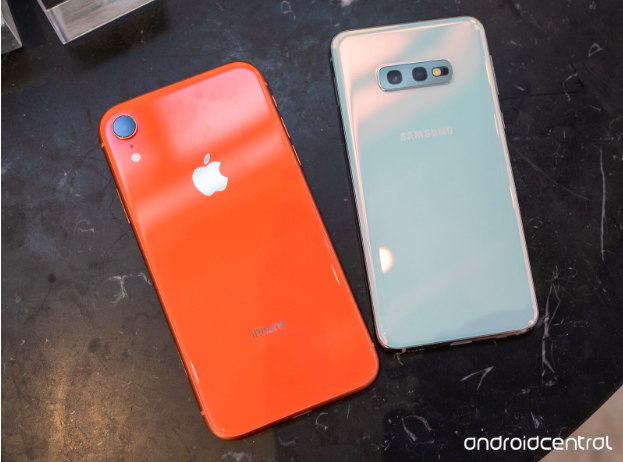Galaxy S10e: Why iPhones Are A Status Symbol
April 1, 2019
When Samsung unveiled their tenth generation of their galaxy lineup, it came with a friendly new addition to the party that had never been available before: the S10e. This phone was very obviously positioned as a “budget” phone compared to the more premium price tag of their flagship S10 and S10+, intentionally slating it as a competitor for the iPhone XR. Looking at both lineups, the similarities are obvious: one flagship phone, one larger version of the flagship phone, then one cut down version of the flagship phone for a lower price that maintains many of the same specs. However, the public response and sales of both phones have been drastically different, and that all stems back to what Apple’s iPhones truly represent: a status symbol. Most people don’t buy the most recent iPhone because they absolutely need that extra little bit of performance or those few new features Apple adds every year, but rather they buy it to show everyone that they have the money to throw around on buying the newest thing every year. That puts the iPhone XR in the awkward position of being known as “the budget phone,” making it the opposite of the message that anyone immediately adopting the newest generation of iPhone is looking for. While Apple seemed to expect a massive wave of adopters of the new iPhone XR right out of the gate as their massively inaccurate sales predictions estimated, it’s much more likely that people will simply use the XR as an iterative upgrade whenever their old iPhone, be it a 6s or an 8 or otherwise, finally breaks. This is because, for most people, the phone that they bought a few years ago is still more than fine for everything that they do today–they don’t need the most modern features or the best specs as long as it does the few, basic things that they need it to do. This is where the public opinion of the Galaxy S10e comes in. While reviewers have been massively covering the release of the S10, myself included, giving it rave reviews, many of them seem to have also covered the S10e and essentially given it the branding of “nearly as good as the S10 without the new gimmicks for a $150+ savings.” To me, this really highlights the difference in opinion of those looking at buying a Samsung phone as compared to an iPhone; most people purchasing android phones already know there is a bit of a superiority complex for iPhone owners, so they don’t really care about what social impact their device is going to have (highlighting to me why it appears the largest user base for them is middle-aged fathers). Rather, they buy their device based off of whatever gives them the best deal for their money, and, in this case, the best deal would be the S10e by far. While there has been a stronger adoption of the S10 than usual due to the massive design overhaul, the central idea still remains: most android users are buying their phones for utility, not social status. When it comes down to it, it’s actually very simple: if you want a phone that shouts that you have $1000+ to burn every year, buy the newest iPhone, but if you want to spend your money frugally regardless of public opinion, buy something like the S10e, an offering with all the appeal of a flagship phone but the cost savings of a few nights out on the town.
